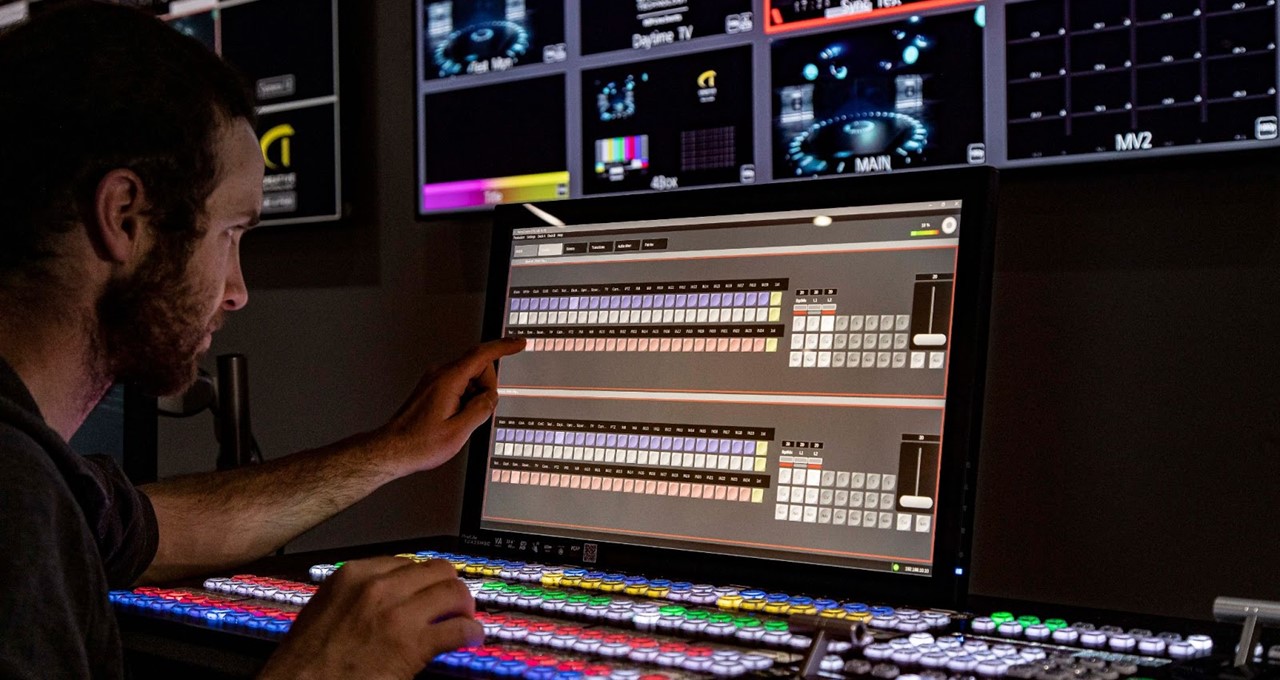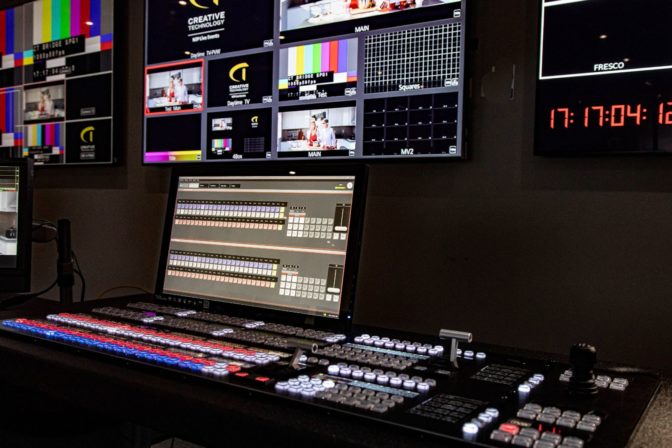Talk about a signal boost. Creative Technology is tackling 4K and 8K signals, as well as new broadcast workflows, with the latest NVIDIA networking technologies.
The London-based firm is one of the world’s leading suppliers of audio visual equipment for broadcasting and online events. Part of global production company NEP Group, CT helps produce high-quality virtual and live events by providing advanced technologies and equipment, from large-screen displays to content delivery systems.
Before the COVID-19 pandemic hit, CT was looking to enhance the broadcast experience, bringing audiences and content closer together. Already in the process of switching from a baseband software-defined infrastructure (SDI) architecture to more advanced internet protocol (IP)-based technologies, CT was prepared when the pandemic led to an increased demand in virtual events.
The company decided to invest in KAIROS, Panasonic’s next-generation IT and IP video processing platform. KAIROS is a software-based, open architecture platform that uses CPU and GPU processing to significantly improve broadcast performance.
CT opted for NVIDIA GPUs to power KAIROS, which uses NVIDIA Rivermax IP streaming acceleration to enable direct data transfers to and from the GPU, leading to enhanced flexibility and increased performance for virtual events.
With plans to use KAIROS for the world’s most recognized sporting event this month, CT is using IP enabled by NVIDIA switches and NVIDIA RTX GPUs. This technology allows CT to easily scale up for larger shows and save time in setting up new productions, while transforming broadcast workflows.
Taking Broadcast Beyond the Standard
With LED screens increasing in resolution, it’s now more common for companies to deal with 4K and 8K signals. CT wanted a powerful solution that could keep up, while also providing better scalability and flexibility to enhance workflows.
When CT first started testing KAIROS, they were discussing using the platform to accommodate a 3G-SDI workflow, which supports the move from 1080/50 interlaced video formats (1080i) to 1080/50 progressive video formats (1080p).
In interlaced scanning, the frame is divided into odd and even lines — only half the frame is shown on screen, and the other half appears in 1/60th of a second. The lines switch so quickly that viewers will see the entire frame, but they may also see flickers on screen.
In progressive scans, the entire frame is transmitted simultaneously. All the lines in the frame are shown at once to fill the screen, which reduces flicker. Progressive scans are ideal for digital transmissions and have become the standard for high-definition TV displays.
But CT also needed to ensure its technology could keep up with any future video workflow advances demanded by clients.
The company has its own servers built on NVIDIA RTX GPUs with ConnectX-6 DX cards, and KAIROS delivers high performance by using the power and flexibility of the GPUs. The CT team no longer has to deal with the painful process of converting 4K and 8K signals to SDI. Instead, it can pass the signals to KAIROS, which can distribute video feeds to projectors or screens regardless of the resolution or format.
“Essentially, what KAIROS did was give us a lot more flexibility,” said Sid Lobb, head of Vision and Integrated Networks at Creative Technology. “There is utter flexibility with what we can use and how we allocate the power that the NVIDIA RTX GPUs provide.”
Switching It Up
Transitioning from SDI to IP allowed CT to use software for driving all the events. With IP, CT can use a switch instead of cables to connect systems.
“Now, it’s more like connecting computers to each other versus directly connecting cameras to a processor,” said Lobb. “We’re able to use a network to connect the entire production signal path. It’s a whole change to broadcast workflows.”
The latest version of KAIROS enables CT to use the network as a matrix switcher, which allows the team to easily switch from one video or audio source to another. For example, in events that take place in a sports arena, there could be up to 100 PCs capturing and producing different content. During the event, CT could be switching from one PC to another, which would’ve been challenging with traditional architectures. But with IP, CT can easily switch among sources, and also scale up and down to different size shows using the same solution.
The team is also experiencing massive time savings when it comes to getting new productions up and running, as the programming of KAIROS is intuitive and efficient. Each virtual event is different, but KAIROS makes it easy for CT to configure input and outputs based on their productions.
The team will use GPU-powered solutions to enhance the experience for future broadcasting and live events.

